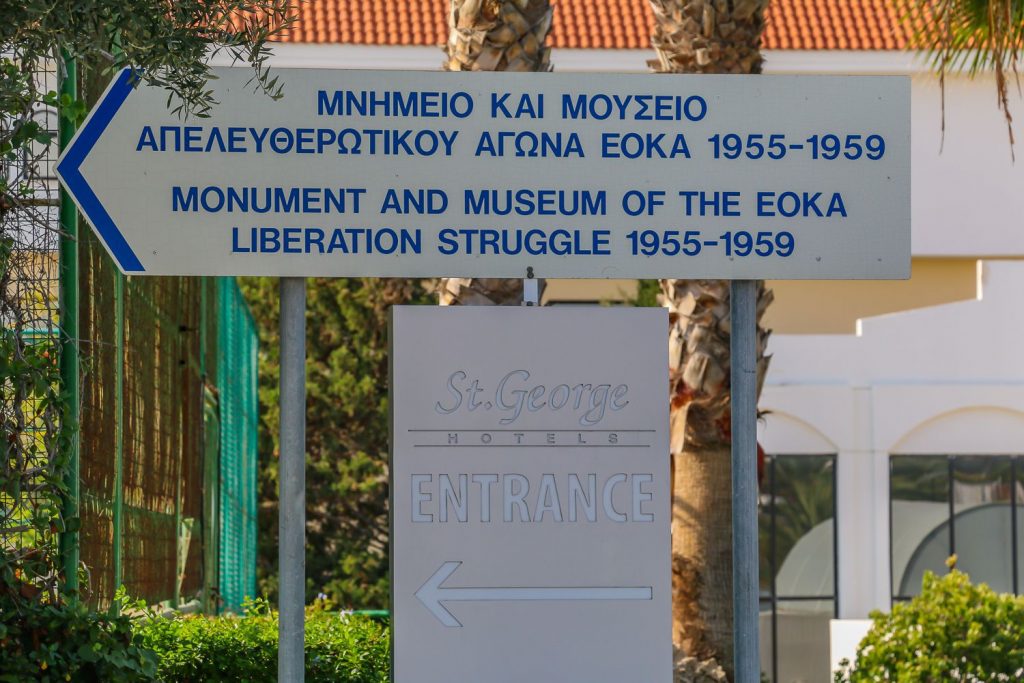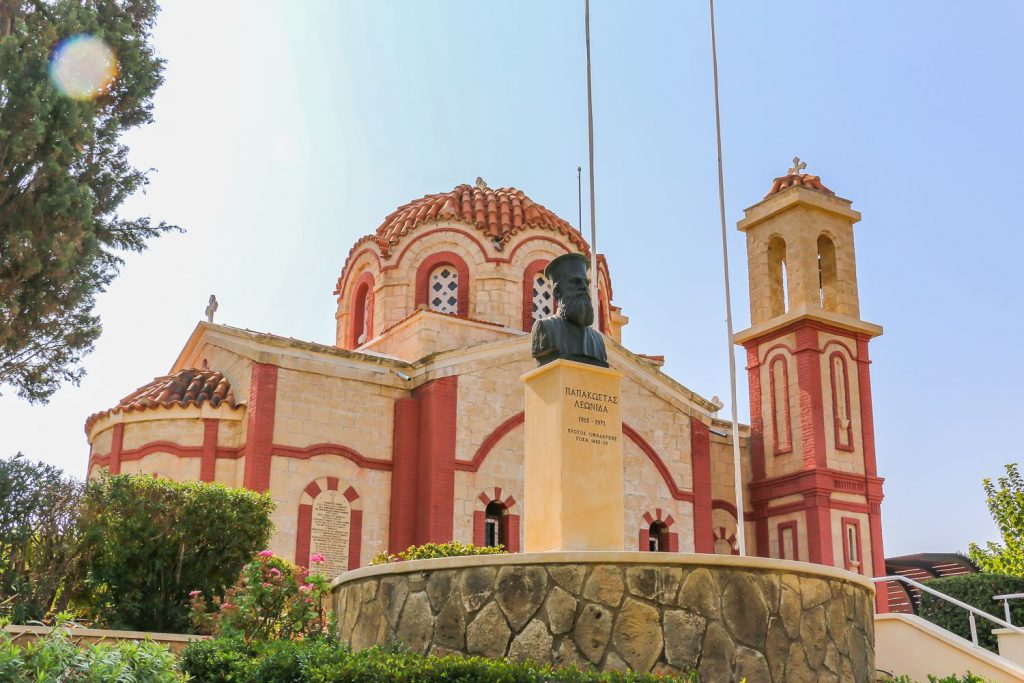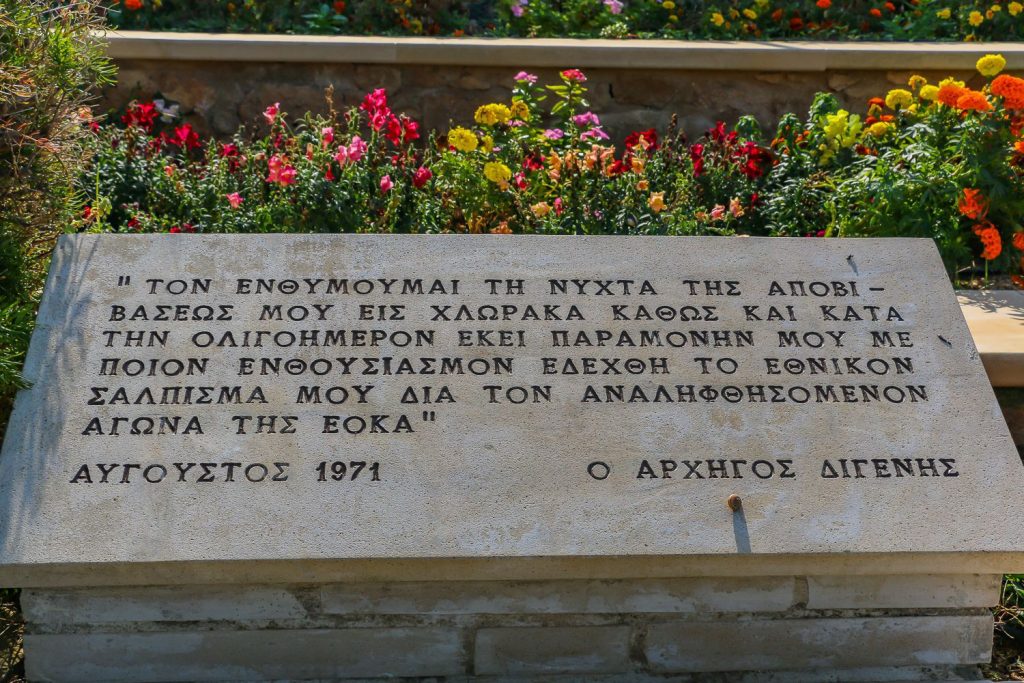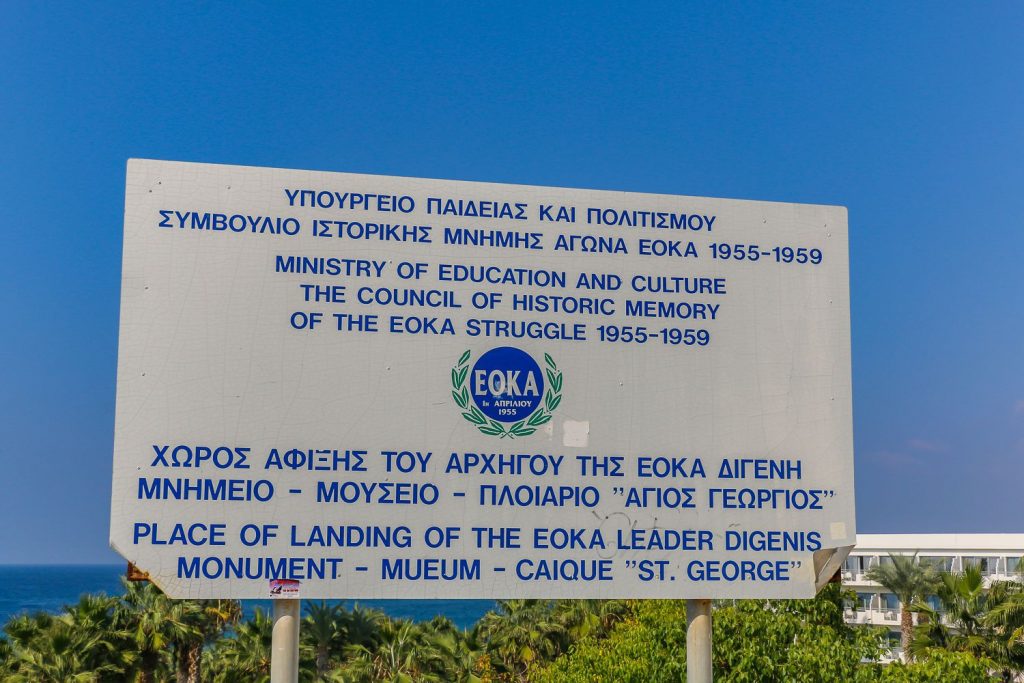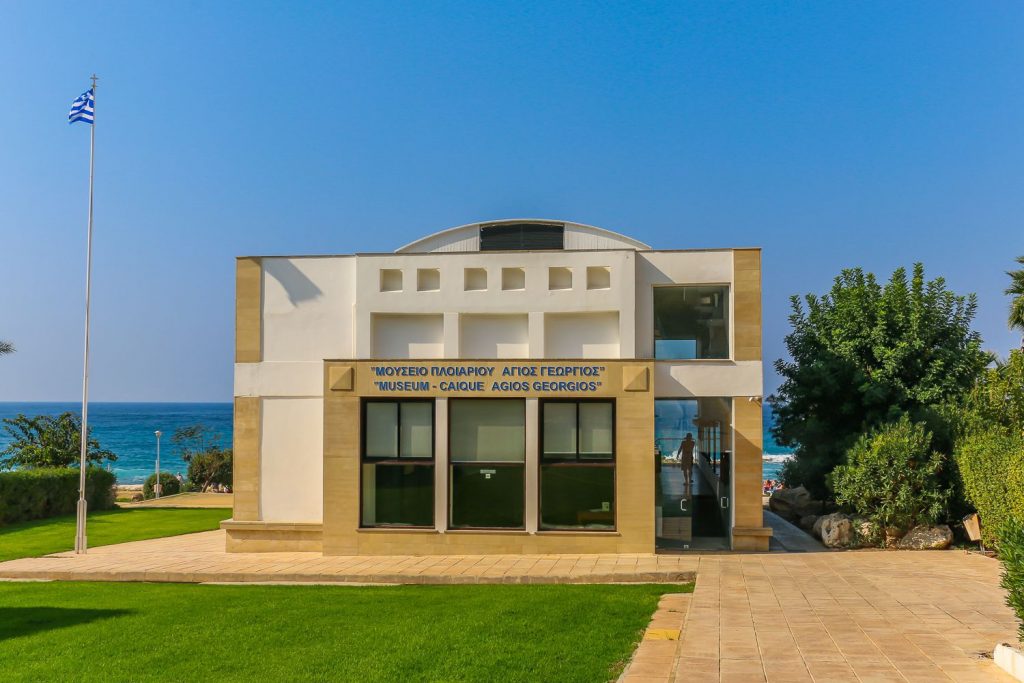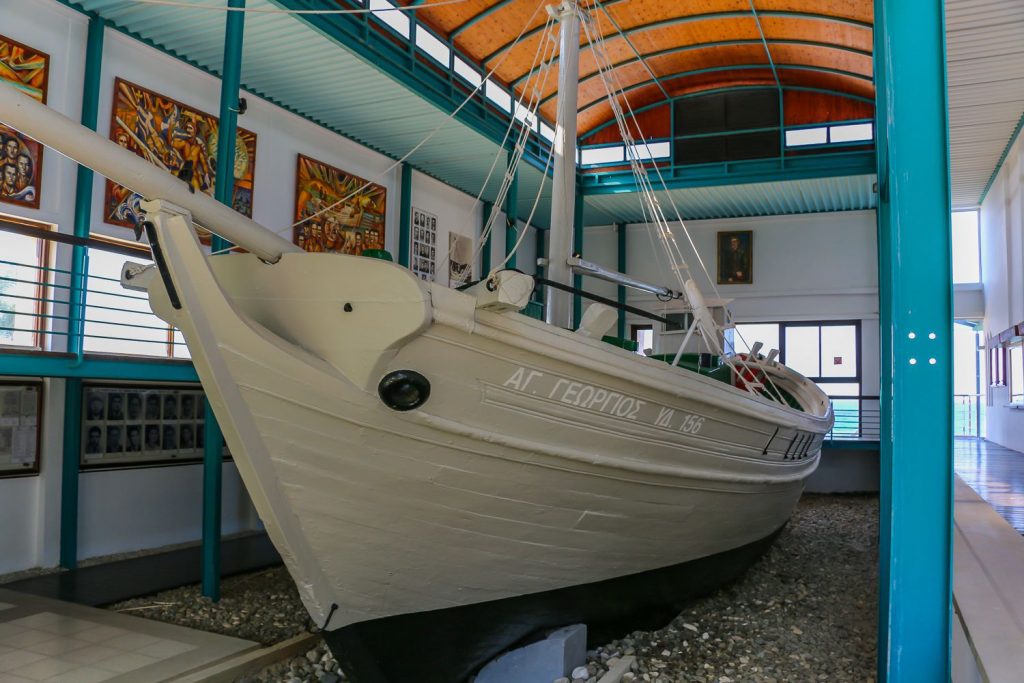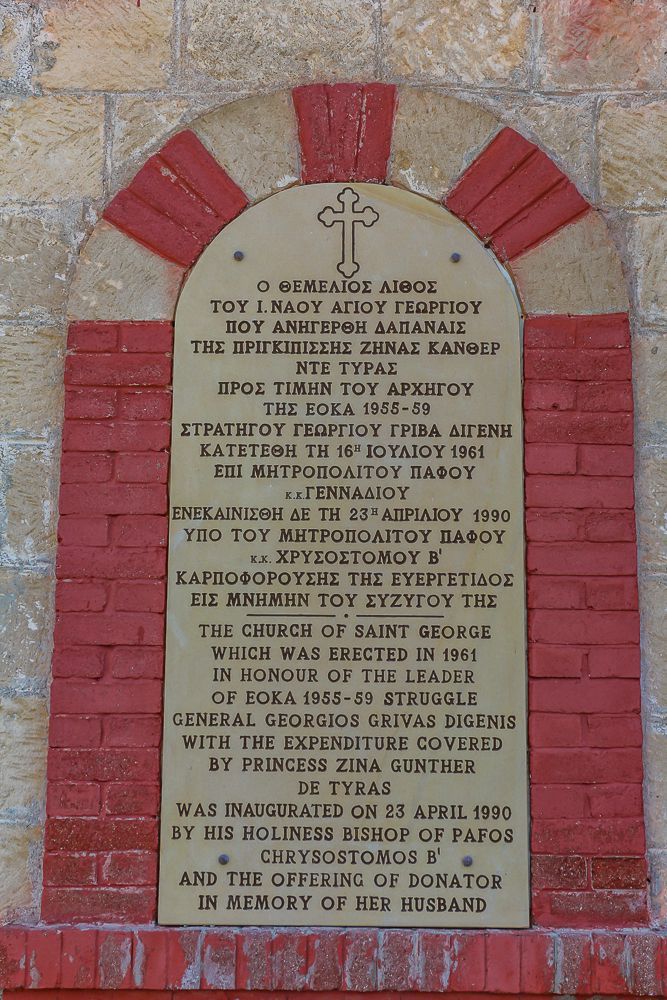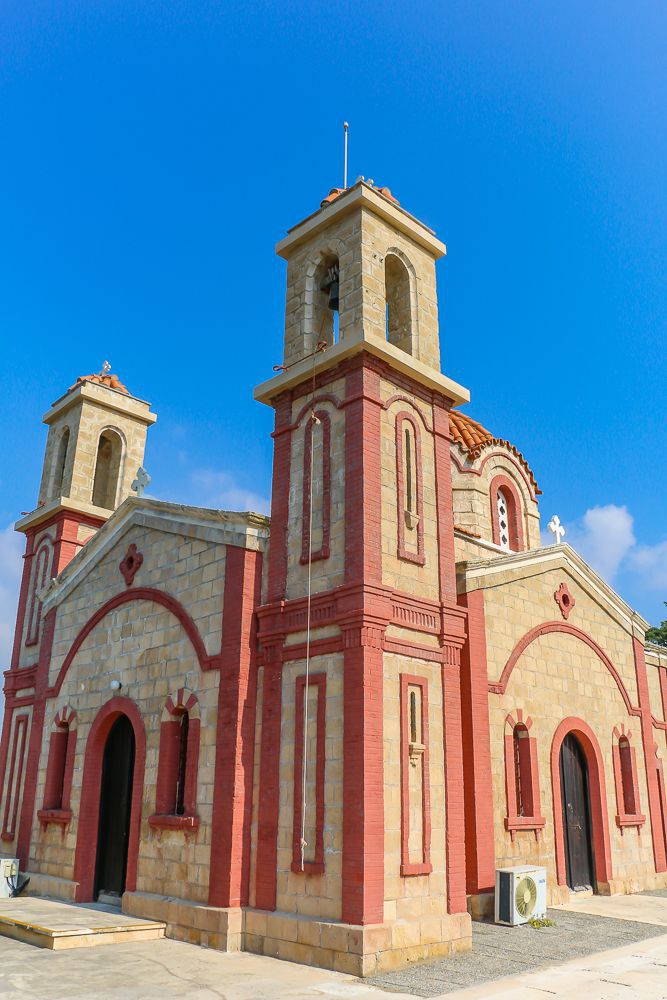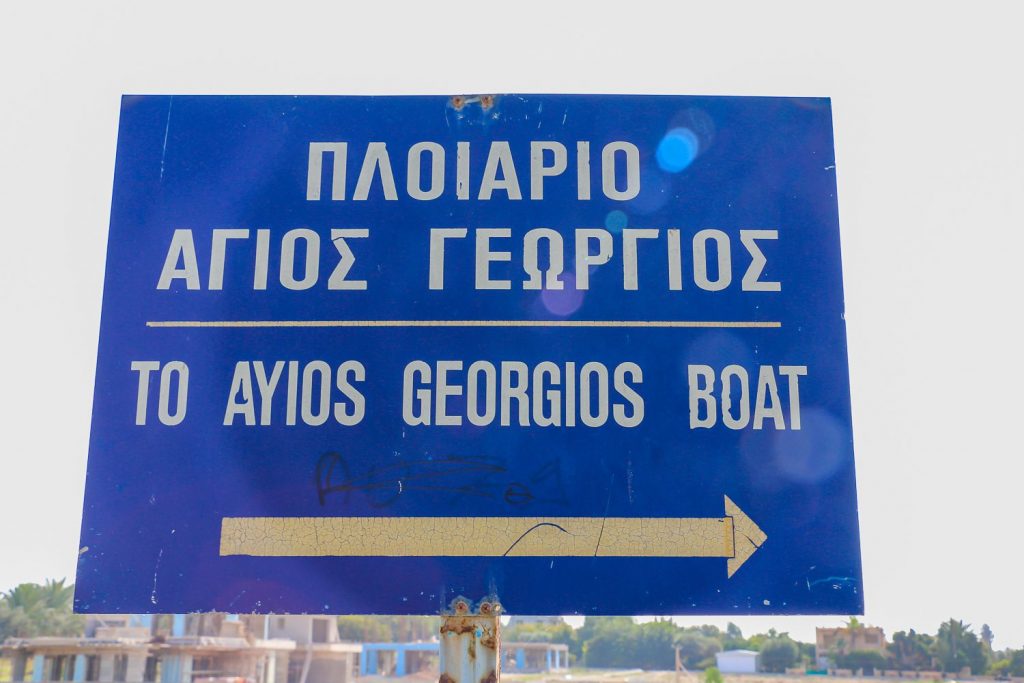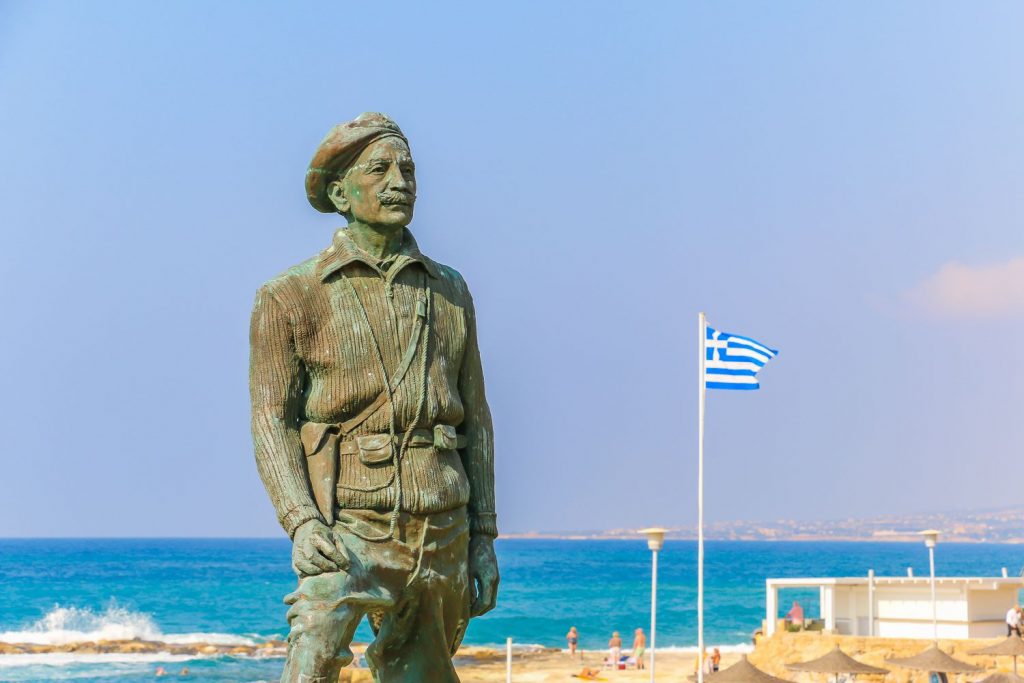Chloraka
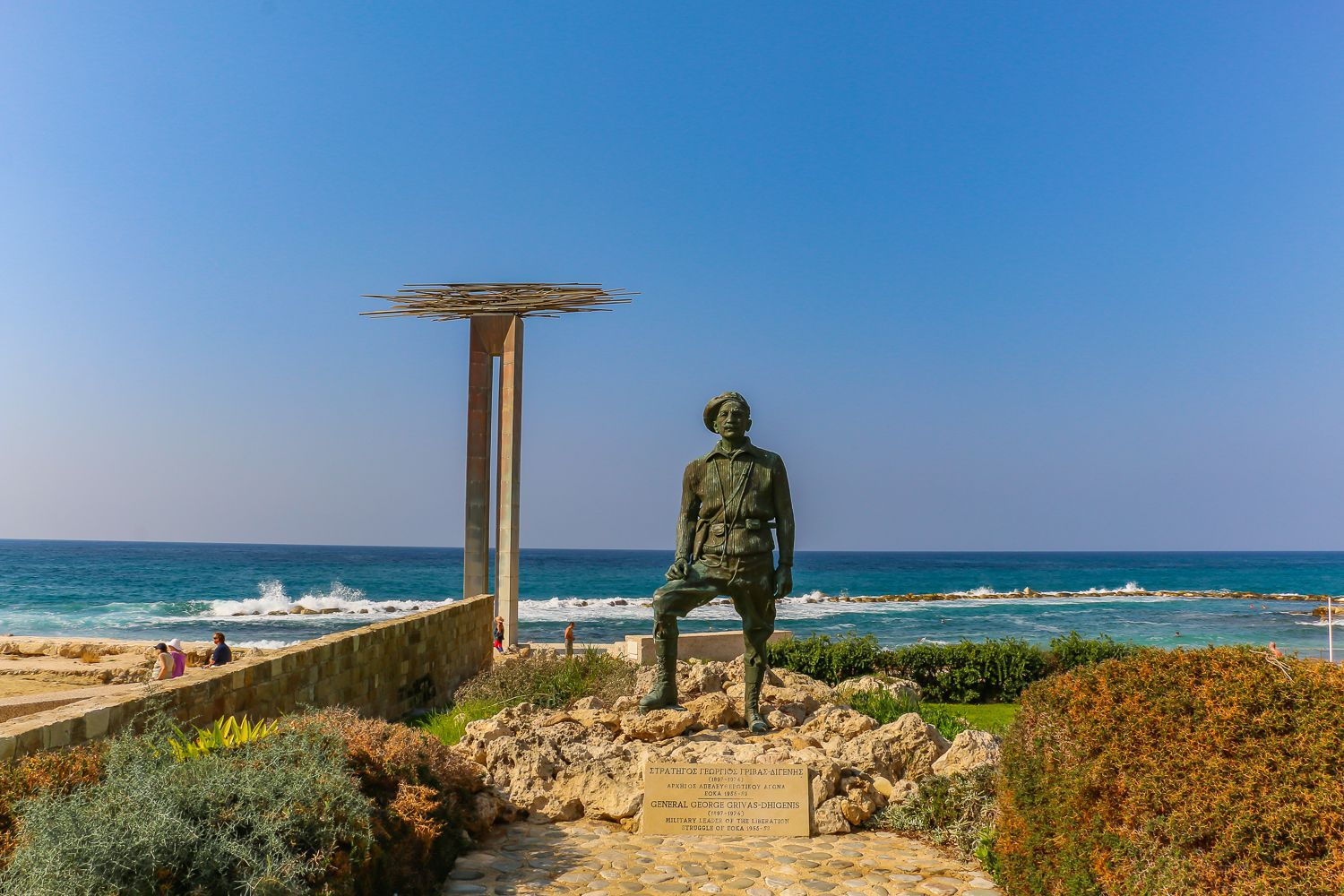
Chloraka is located 5 kilometers northwest of Paphos in the homonymous province of Cyprus and it is situated about 150 kilometers southwest of the city of Nicosia and about 70 kilometers from Limassol.
Built at an altitude of 50 meters from the sea and on the western edge of the island, Chloraka extends into a plateau that overlooks the area – kind of like a balcony. A location that has strong contradictions, the settlement measures about 5500 permanent residents and enjoys a view from the depths of the Mediterranean Sea to the mountain slopes that host the villages of Emba Paphou, Leba and Kissonerga. In the surrounding, mostly rocky area, there are terebinth trees, oaks, and green meadows.
The name of Chloraka can be found in Venetian maps, mentioned as early as 1400. The locals, however, remember the oldest name of the community, Prastiorizo or Praskiouro (meaning “the green tail”), because the houses were built on the ends of the plateau in such a manner, that seen from afar they formed a long green tail. However, as the settlement grew and grew larger, the inhabitants, not wanting to destroy the fertile land, but also due to the fear of the piratical raids, built high, where the land was full of wild vegetation and green, and so the settlement got the name it still holds today (chloros means green in Greek).
Although first inhabited since the Stone Age, no one can speak with certainty about Chloraka’s historical evolution. This village of Paphos was probably a continuation of older settlements belonging to the Kingdom of Paphos, while during the Frankish rule it was part of a noble feud. The history of the community is interwoven with EOKA since, on its coast Georgios Grivas Dighenis disembarked on an autumn night in 1954 and began to organize the liberation of Cyprus. Moreover, in the past (1810), off the coast of the area a passenger ship was sailing with wealthy people as passengers, who were coming back from a visit to Mount Athos. Due to a storm the ship fell onto the shore of "Fourfouri", in the area of Chloraka "Dimmata" or "Vreksi", drowning all the passengers, including the wife and child of the Dragoman of Cyprus.
In Chloraka the visitor will have the opportunity to see the bronze Monument of Honor and Remembrance of EOKA of Chloraka, which has the shape of a boat and reminds of the centuries of the political struggles of the Cypriot people for liberation, as well as the Ship Museum “Agios Georgios” of Chloraka. The coastal front of the community at the time of the Cyprus Liberation struggle (1955-1959) had nothing to do with the current tourist development, it was a distant deserted coastline, and was chosen for the secret arrival of the leader of the struggle, Georgios Grivas Digenis from Greece. The ship “Agios Georgios” carried ammunition for the fight, which is also exhibited at the specially designed Museum at “Aliki” site, next to Agios Georgios Chloraka. In addition, in the area there is also the Karagiozis Museum of Chloraka.
The Byzantine chapel of Agios Nikolaos, built at a steep location in the 12th century, either by shepherds or by a Muslim feudal lord who was baptized Christian, and the Byzantine church of Panagia Chryseleousa in the picturesque central square with the cafes, which dates back to the 11th or 12th century. In this church, the visitor can admire the only perhaps icon in the world that depicts Christ in the Jordan river completely naked. Additionally, there are many other ecclesiastical monuments in Chloraka, such as the church of Panagia Chrysoematousa, which is found in the village square and was built because the existing temple was no longer spacious enough for all the locals. Finally, the churches of Agios Ypatios, Agios Ephraim and the basilica of Archangel Michael also belong to the community.
The theatre, the neoclassical old school, the outdoors area of Kotsia, the old drinking fountains of the community, are some of the attractions of the settlement. The elinospilioi, as they are known, were the tombs of great personalities who, according to archaeologists, demonstrated the turn of the Cypriots to the religion of Dodekatheo (12 Gods) and the gods of Olympus (3rd century BC). Another attraction of the settlement is the Rigena’s furrow, the remnants of a stone trench that drove the water from Tala, to Rigena's palace. Finally, the community field and community park with pedestrian walkways, kiosk, public toilets, playground and parking are an integral part of the modernization of Chloraka.
The beaches of Chloraka, although flooded by luxurious hotels, are aimed at experienced swimmers who will defy the rocky shore and their steepness. On the other hand, the visitor can take a stroll around the area and admire the white sea lilies.

